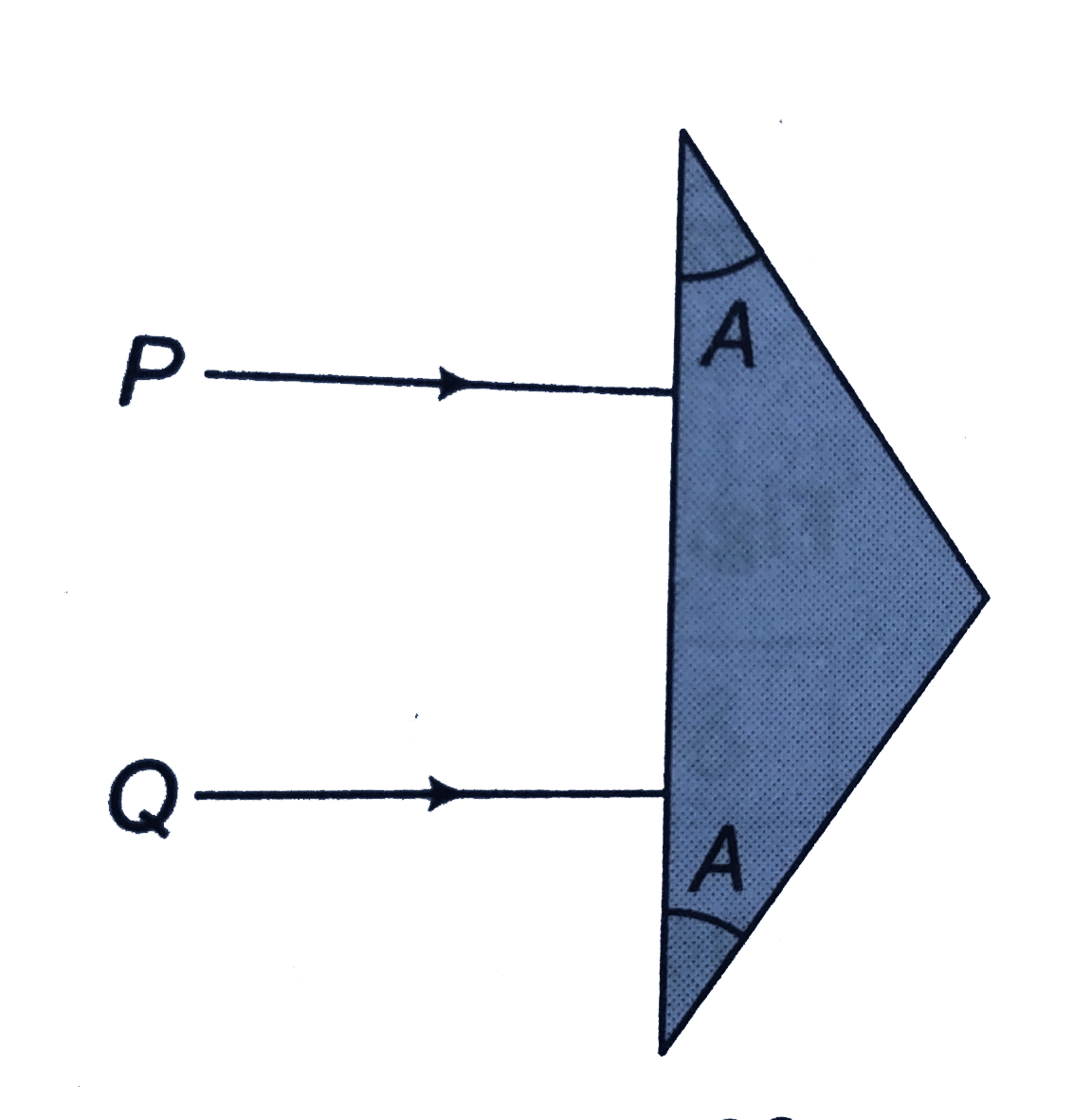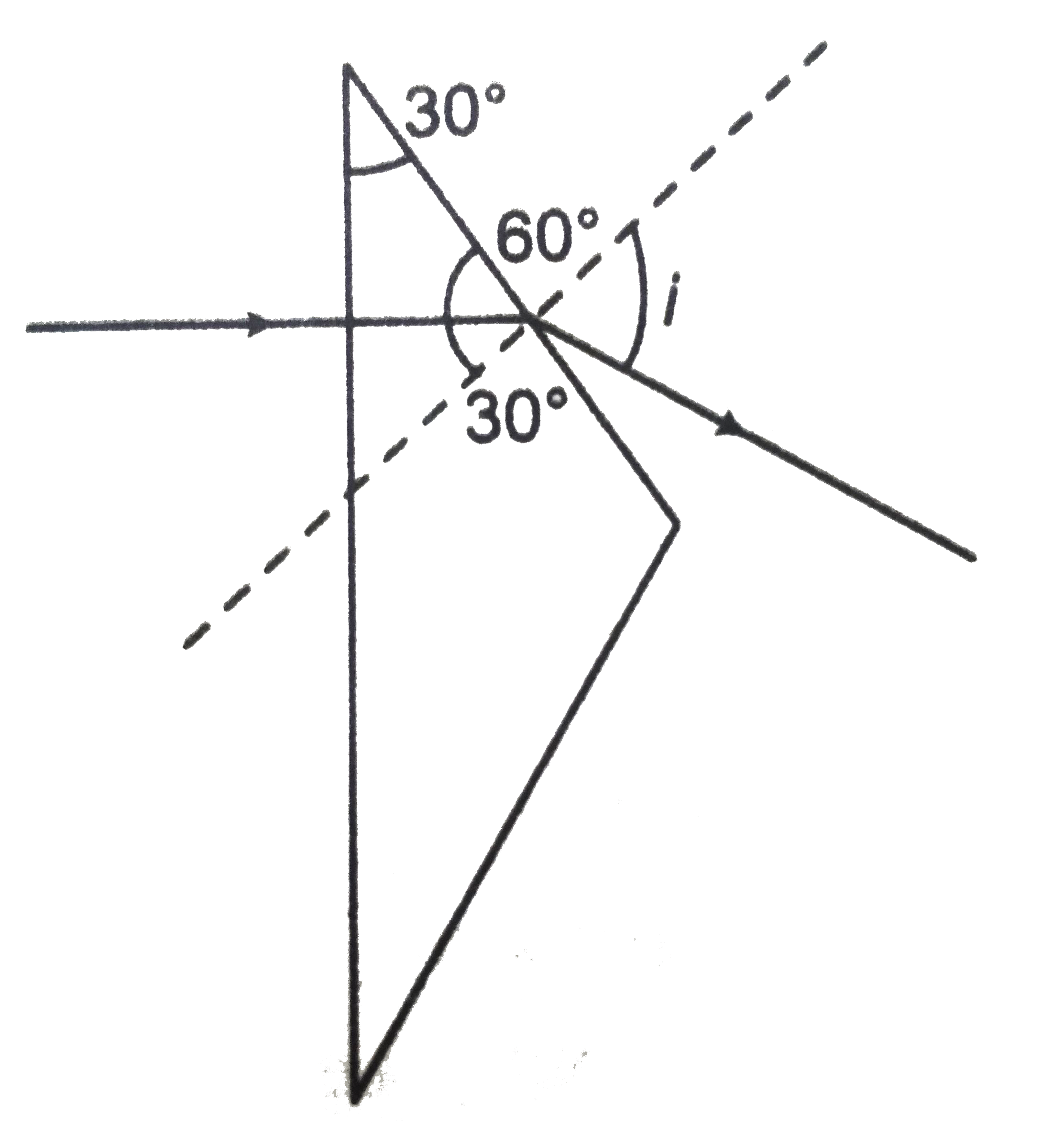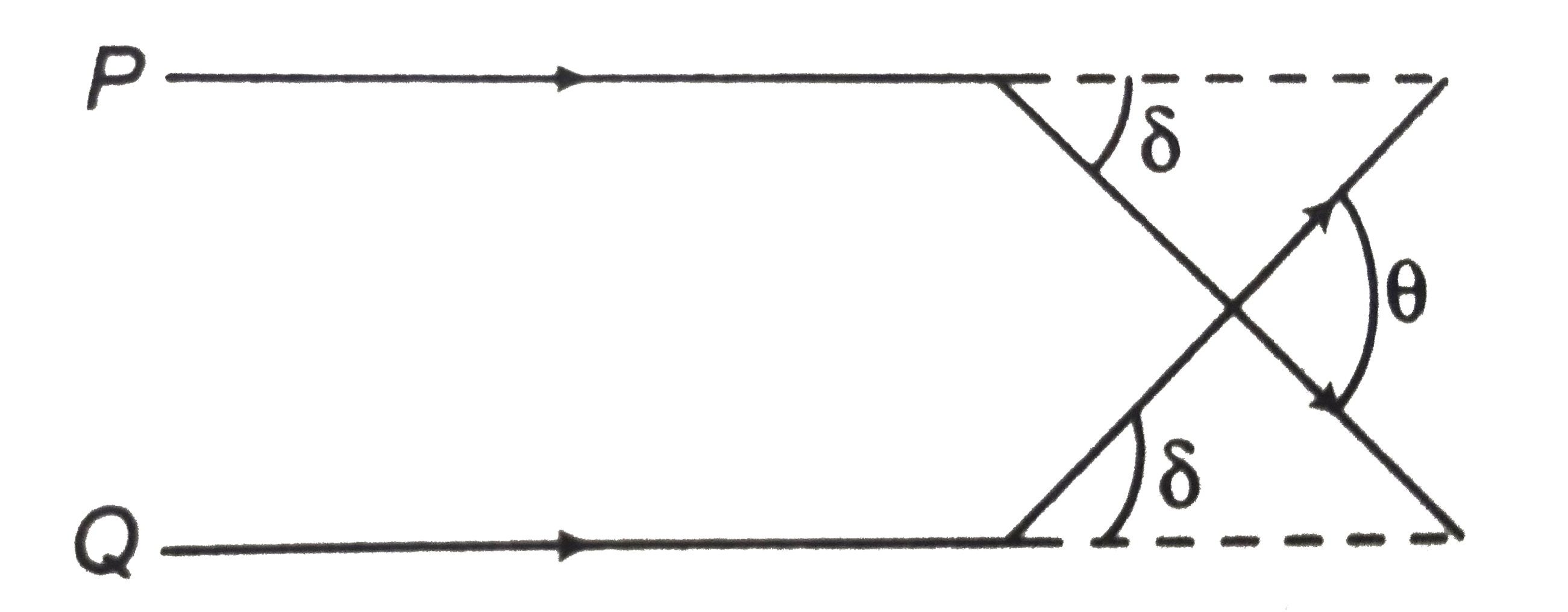Text Solution
Verified by Experts
The correct Answer is:
|
Topper's Solved these Questions
REFRACTION OF LIGHT
DC PANDEY|Exercise Level 1 Assertion And Reason|13 VideosView PlaylistREFRACTION OF LIGHT
DC PANDEY|Exercise Level 1 Objective|38 VideosView PlaylistREFRACTION OF LIGHT
DC PANDEY|Exercise Exercise 31.7|2 VideosView PlaylistREFLECTION OF LIGHT
DC PANDEY|Exercise Subjective|9 VideosView PlaylistSEMICONDUCTORS
DC PANDEY|Exercise Subjective|12 VideosView Playlist
Similar Questions
Explore conceptually related problems
Knowledge Check
Similar Questions
Explore conceptually related problems
DC PANDEY-REFRACTION OF LIGHT-Exercise 31.8
- The prism shown in figure has a refractive index of 1.60 and the angle...
04:01
|
Playing Now - A glass vessel in the shape of a triangular prism is filled with water...
04:54
|
Play - A light ray going through a prism with the angle of prism 60^@, is fou...
01:38
|
Play - A ray of light falls on a normally on a refracting face of a prism. Fi...
01:31
|
Play - A ray of light is incident at an angle of 60^@ on the face of a prism ...
02:36
|
Play - A ray of light passing through a prism having refractive index sqrt2 s...
02:12
|
Play - A ray of light undergoes deviation of 30^@ when incident on an equilat...
02:58
|
Play - The refractive index of the material of a prism of refracting angle 45...
02:55
|
Play


